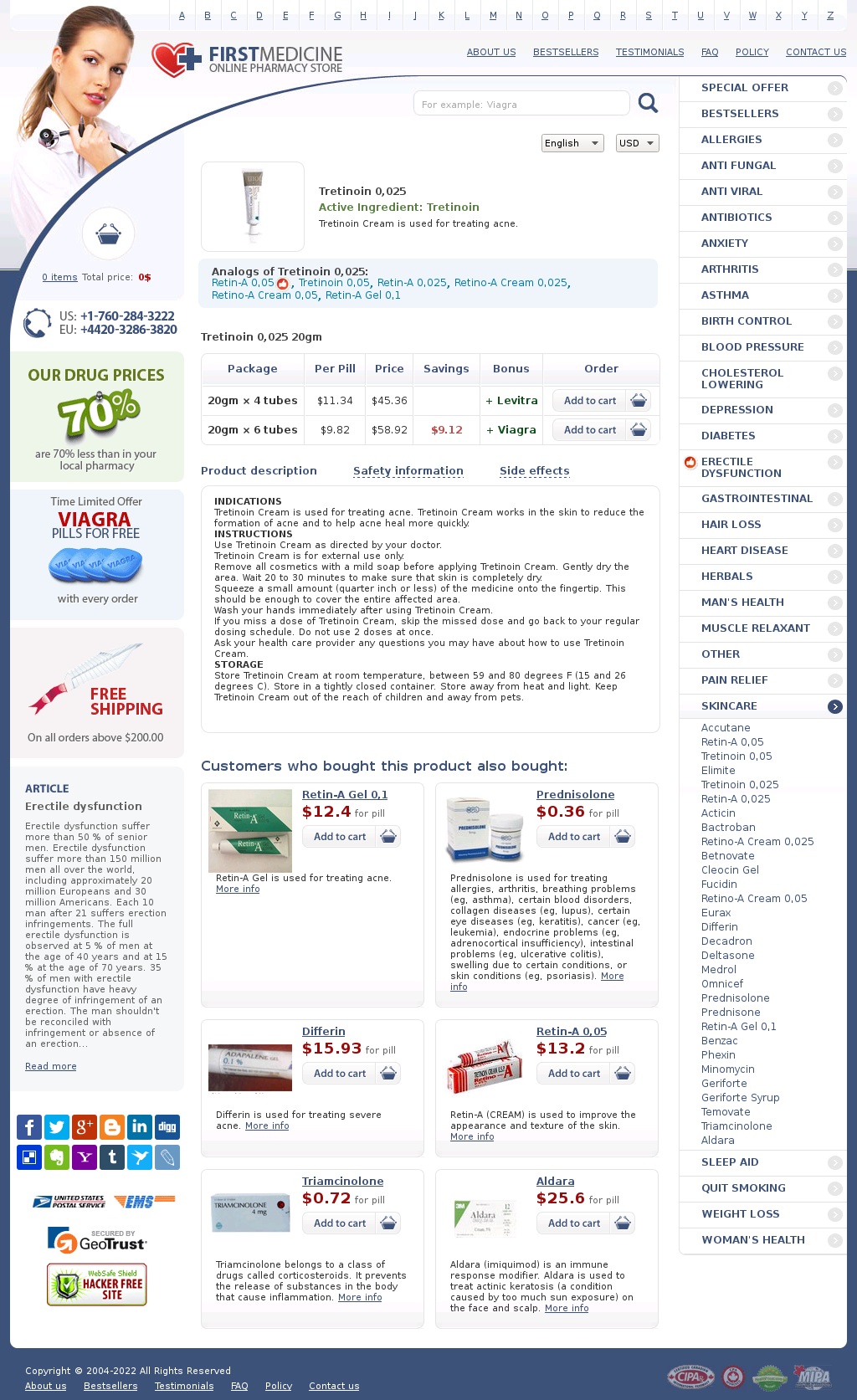[CAT]
The Ultimate Guide to Buying Chloramphenicol: What You Need to Know
If you're in need of an effective antibiotic, then you may have heard about chloramphenicol. This powerful drug has been used for decades to treat a variety of bacterial infections, including typhoid, meningitis, and respiratory tract infections. However, before you rush out to buy chloramphenicol, there are a few things you need to know.
What is Chloramphenicol?
Chloramphenicol is a broad-spectrum antibiotic that was first discovered in 1947. It's commonly used to treat bacterial infections caused by a variety of bacteria, including E. coli, salmonella, and staphylococcus. It works by preventing bacteria from producing proteins that are essential for their survival, ultimately killing them off.
How to Buy Chloramphenicol
Before you can buy chloramphenicol, you'll need a prescription from your healthcare provider. This is because the drug can have serious side effects and should only be taken under the supervision of a medical professional. Your healthcare provider will assess your condition and determine if chloramphenicol is the right treatment for you.
Once you have a prescription, you can purchase chloramphenicol from your local pharmacy or through an online pharmacy. It's important to only buy from reputable sources to ensure you're getting a safe and effective product.
Common Use of Chloramphenicol
As mentioned earlier, chloramphenicol is commonly used to treat a variety of bacterial infections. These include:
- Typhoid
- Meningitis
- Respiratory tract infections
- Eye infections
- Ear infections
It's also used in some cases to prevent infections during surgery or to treat infections in people with weakened immune systems.
Dosage and Direction
The dosage of chloramphenicol will vary depending on the type and severity of the infection. It's important to follow your healthcare provider's instructions carefully and to never take more or less than the prescribed amount.
Chloramphenicol is typically taken orally, either in tablet or liquid form. It's important to take the medication at evenly spaced intervals to maintain a consistent level of the drug in your body. If you miss a dose, take it as soon as you remember, unless it's close to your next dose. In that case, skip the missed dose and continue with your regular dosing schedule.
Precautions and Contraindications
Chloramphenicol is a powerful antibiotic and should only be used when prescribed by a healthcare provider. It's important to let your doctor know about any other medications you're taking, as well as any medical conditions you have, before starting treatment with chloramphenicol.
People with certain medical conditions may not be able to safely take chloramphenicol. These include liver or kidney disease, blood disorders, or a history of allergic reactions to antibiotics. It's also not recommended for use in pregnant or breastfeeding women.
Possible Side Effects
Like any medication, chloramphenicol can cause side effects. The most common side effects include:
- Nausea and vomiting
- Diarrhea
- Headache
- Dizziness
In rare cases, more serious side effects may occur, such as allergic reactions, blood disorders, or nerve damage. If you experience any concerning symptoms while taking chloramphenicol, contact your healthcare provider immediately.
Drug Interactions
Chloramphenicol can interact with other medications, so it's important to let your healthcare provider know about any other drugs you're taking. This includes over-the-counter medications, herbal supplements, and vitamins.
Some medications that may interact with chloramphenicol include:
- Anticoagulants (blood thinners)
- Anticonvulsants (seizure medications)
- Birth control pills
- Certain antidepressants
If you're taking any of these medications, your healthcare provider may adjust your dosage of chloramphenicol or recommend an alternative treatment.
Missed Dose and Overdose
If you accidentally miss a dose of chloramphenicol, take it as soon as you remember. If it's close to your next dose, skip the missed dose and continue with your regular dosing schedule. Do not double up on doses to make up for a missed one.
In the case of an overdose, seek immediate medical attention. Symptoms of an overdose may include nausea, vomiting, confusion, and difficulty breathing.
Storage
Chloramphenicol should be stored at room temperature, away from heat and moisture. It should also be kept out of reach of children and pets. If you have any unused medication, dispose of it properly according to your local guidelines.
Disclaimer
The information in this article is for educational purposes only and should not be used in place of medical advice from a healthcare professional. Always consult with your doctor before starting any new medication.
Approximate Price, Dosage, and Quantity
| Brand Name | Dosage | Quantity | Approximate Price |
|---|---|---|---|
| Chloromycetin | 500mg | 30 tablets | 0 - 0 |
| Chloramphenicol | 250mg/5mL | 100mL liquid | - 0 |
Conclusion
Chloramphenicol is a powerful antibiotic that can effectively treat a variety of bacterial infections. However, it should only be taken under the supervision of a healthcare professional and with a prescription. If you're in need of this medication, talk to your doctor about whether it's the right treatment for you.
Remember to always follow your healthcare provider's instructions and to never take more or less than the prescribed amount. With proper use, chloramphenicol can help you recover from your infection and get back to your daily life.
 #
#